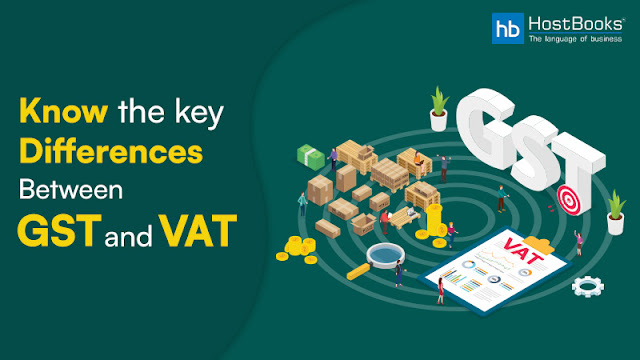How Big Is The Agriculture Industry Of India
India has a long history of agrarian civilization, and agriculture has always been the foundation of the Indian economy. Before starting with the classification, let's understand the importance of agriculture with some datasets;
- India has the second-biggest amount of cultivable land in the world and the highest amount of irrigated agricultural land (8.26 million hectares) (159.7 million hectares).
- India ranks third in the world, In terms of major crops including wheat, rice, cotton, fruits, vegetables, and pulses.
- According to NITI Aayog, agriculture comprises roughly 54.4% of India's employed workforce, which was 18.29% of GVA (Gross Value Added) in 2019-20, sustaining 45.6% of the workforce.
- India is the world's #1 producer of milk, fruits, and vegetables, according to PRS figures.
- Following IMARC figures, India's agriculture sector generated 71,220 billion rupees in 2021 and is projected to increase to 142,280 billion rupees by 2027, with a compound annual growth rate (CAGR) of 12.3% from 2022 to 2027.
- As per IBEF, India is the sixth-largest food and grocery market in the world, with 70% of sales coming through retail.
The term "agricultural industry" refers to businesses or organizations whose main activities entail the cleaning, processing, storing, or packaging of a wide range of goods made from agricultural output. There are three categories for agricultural products: fibers, edibles, and raw resources. This includes dairying, farming, tending farms, raising fish and livestock, and growing crops. It also includes companies that make seeds, fertilizer, and farm equipment to assist agricultural activities. As a result, it contributes significantly to the Indian economy and provides work for the vast majority of the population, which promotes market expansion.
The Indian government places a high premium on farmer welfare and is enacting a number of farmers' welfare programs to boost the agricultural industry and enhance farmers' economic circumstances. The government has launched a number of new programs like the credit guarantee Scheme, Schemes for Microfinance program, etc which we will go through in more detail in the upcoming blog.
The agriculture sector in India is predicted to gain traction in the next years as a result of increased investment in agricultural infrastructures such as irrigation, warehousing, and cold storage. Precision farming and advanced technologies have the ability to propel the Indian agro-economy to new heights and allow for the precise delivery of specific nutrients to each plant species, resulting in increased yields.
The future of agriculture is a critical issue for planners and all other stakeholders. The government and various organisations are attempting to address the fundamental difficulties of agriculture in India, such as small farmer holdings, primary and secondary processing, supply chain, infrastructural assistance, technology, effective resource use and marketing, and decreasing market intermediaries. More startups are needed to concentrate on cost-effective technology to propel the Indian agro-economy.
.jpg)



Comments